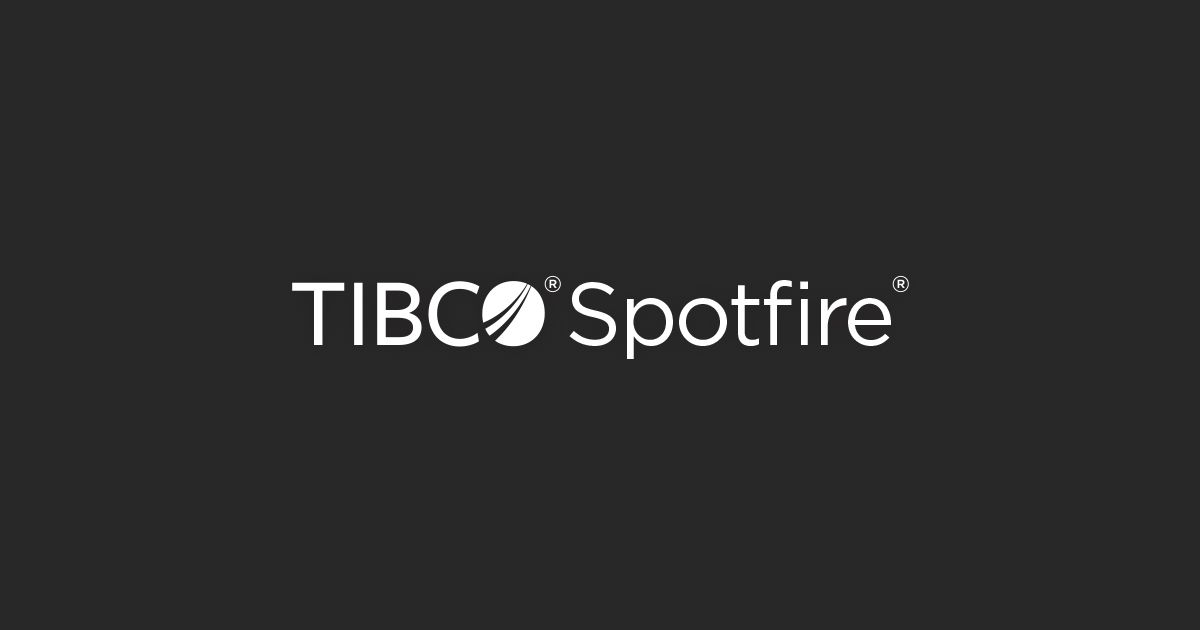Description
Introduction of Security and Compliance in Power Apps:
This training focuses on ensuring that Power Apps applications adhere to best practices for security and compliance. Participants will learn how to implement robust security measures, manage compliance with data protection regulations, and ensure that their Power Apps solutions are secure and meet organizational and legal standards.
Prerequisites
- Basic knowledge of Microsoft Power Apps and its functionalities
- Understanding of general security and compliance concepts
- Familiarity with organizational data protection policies
- No prior experience with security and compliance in Power Apps is required
Table of contents
1: Introduction to Security and Compliance in Power Apps
- Objective: Understand the importance of security and compliance in Power Apps and the fundamentals of these concepts.
- Content:
- Overview of security and compliance in Power Apps
- Key security challenges and compliance requirements
- Importance of adhering to data protection regulations
- Overview of Microsoft’s security and compliance framework
- Introduction to Power Apps security features and tools
2: Managing User Access and Permissions
- Objective: Learn how to manage user access and permissions effectively within Power Apps.
- Content:
- Overview of user roles and permissions in Power Apps
- Configuring app-level permissions and access controls
- Managing data permissions and security roles
- Implementing role-based access control (RBAC)
- Best practices for managing user access and permissions
3: Securing Data and Integrations
- Objective: Implement security measures for data and integrations within Power Apps.
- Content:
- Understanding data security in Power Apps
- Securing data at rest and in transit
- Managing data encryption and secure storage
- Securing integrations with external data sources
- Best practices for handling sensitive data and connections
4: Compliance with Data Protection Regulations
- Objective: Ensure compliance with relevant data protection regulations and standards.
- Content:
- Overview of major data protection regulations (GDPR, HIPAA, CCPA)
- Implementing compliance features in Power Apps
- Managing data retention and deletion policies
- Conducting impact assessments and audits
- Ensuring cross-border data protection and compliance
5: Implementing Authentication and Authorization
- Objective: Configure and manage authentication and authorization mechanisms in Power Apps.
- Content:
- Overview of authentication methods (Azure AD, SSO, MFA)
- Configuring authentication settings in Power Apps
- Managing user identities and secure login processes
- Implementing multi-factor authentication (MFA)
- Best practices for secure authentication and authorization
6: Monitoring and Auditing for Security Compliance
- Objective: Learn how to monitor and audit Power Apps for security and compliance.
- Content:
- Using Power Apps monitoring tools and features
- Implementing logging and audit trails
- Analyzing security and compliance reports
- Responding to security incidents and breaches
- Best practices for ongoing monitoring and auditing
7: Security Best Practices for Power Apps Development
- Objective: Implement best practices for secure development in Power Apps.
- Content:
- Secure coding practices and development guidelines
- Managing vulnerabilities and risks in app development
- Conducting security reviews and assessments
- Ensuring secure deployment and configuration
- Best practices for maintaining security throughout the app lifecycle
8: Managing Security for Power Apps and Microsoft 365 Integration
- Objective: Securely manage Power Apps that integrate with Microsoft 365 and other services.
- Content:
- Overview of security considerations for Microsoft 365 integrations
- Configuring security settings for integrated services
- Managing data flow and access across integrated systems
- Securing data and user interactions in collaborative environments
- Best practices for integrated security and compliance
9: Case Study: Ensuring Security and Compliance in a Power App Deployment
- Objective: Apply best practices to a real-world scenario to ensure security and compliance.
- Content:
- Defining security and compliance requirements for a business app
- Designing and implementing security measures and compliance features
- Conducting security assessments and compliance checks
- Testing the app for security vulnerabilities and compliance
- Presenting the case study findings and discussing improvements
10: Future Trends and Advanced Learning Opportunities
- Objective: Explore emerging trends and further learning opportunities in security and compliance for Power Apps.
- Content:
- Emerging trends in security and compliance for Power Apps
- Advanced security features and updates in Power Apps
- Resources for ongoing learning and professional development
- Preparing for advanced certifications and specialized training
- Planning for future security and compliance enhancements
This training program is designed to equip participants with the knowledge and skills needed to ensure that Power Apps are secure and compliant, focusing on best practices for managing user access, protecting data, and meeting regulatory requirements.
If you are looking for customized info, Please contact us here







Reviews
There are no reviews yet.